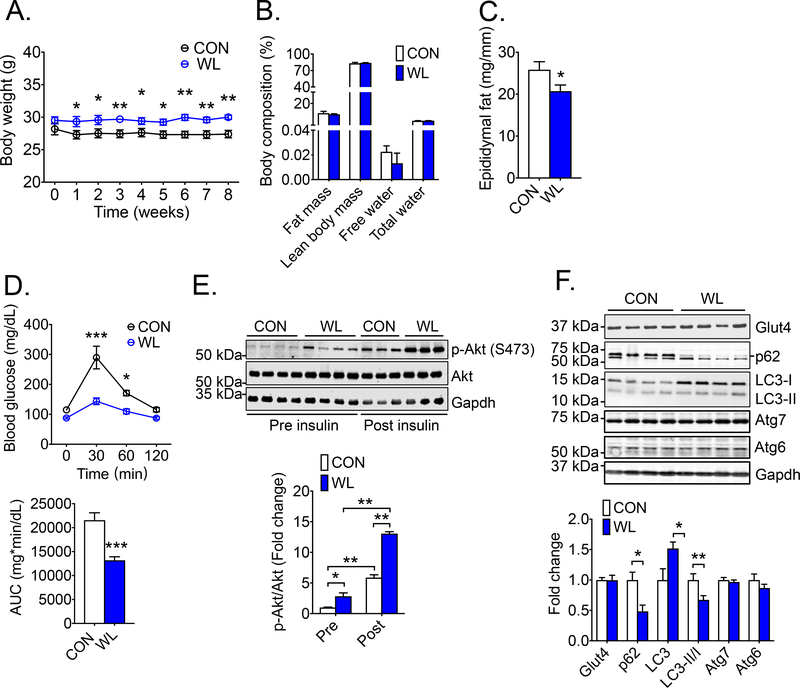Fig. 5. Long-term weightlifting training enhances metabolic function with increased insulin sensitivity in skeletal muscle along with increased autophagy.
Mice were subjected to 8 weeks of voluntary weightlifting (WL) with sedentary mice as control (CON) followed by measurements of body composition, epididymal fat mass, whole-body glucose tolerance, insulin stimulated Akt phosphorylation as well as autophagy in gastrocnemius muscles. (A) Body weight during 8 weeks of weightlifting training; (B) MRI-based measurements of body composition (n = 4 for each group); (C) Epididymal fat mass normalized by tibia length (n = 12); (D) Blood glucose detected by tail vein blood during glucose tolerance test before and at 30, 60, and 120 min after intraperitoneal injection of glucose with quantification of the area under curve (AUC) (n = 12); (E) Representative image and quantification of p-Akt (S473)/Akt in gastrocnemius muscle pre- and 10 min post-intraperitoneal injection of insulin with Gapdh as loading control (n = 3–4); and (F) Representative images and quantification of glucose transporter (Glut4) (n = 4) and autophagy proteins (p62, LC3, Atg7 and Atg6) (n = 6–11) in gastrocnemius muscles with Gapdh as loading control; Bars and dots represent mean ± SE. *, ** and *** denote p < 0.05, p < 0.01, and p < 0.001, respectively.

